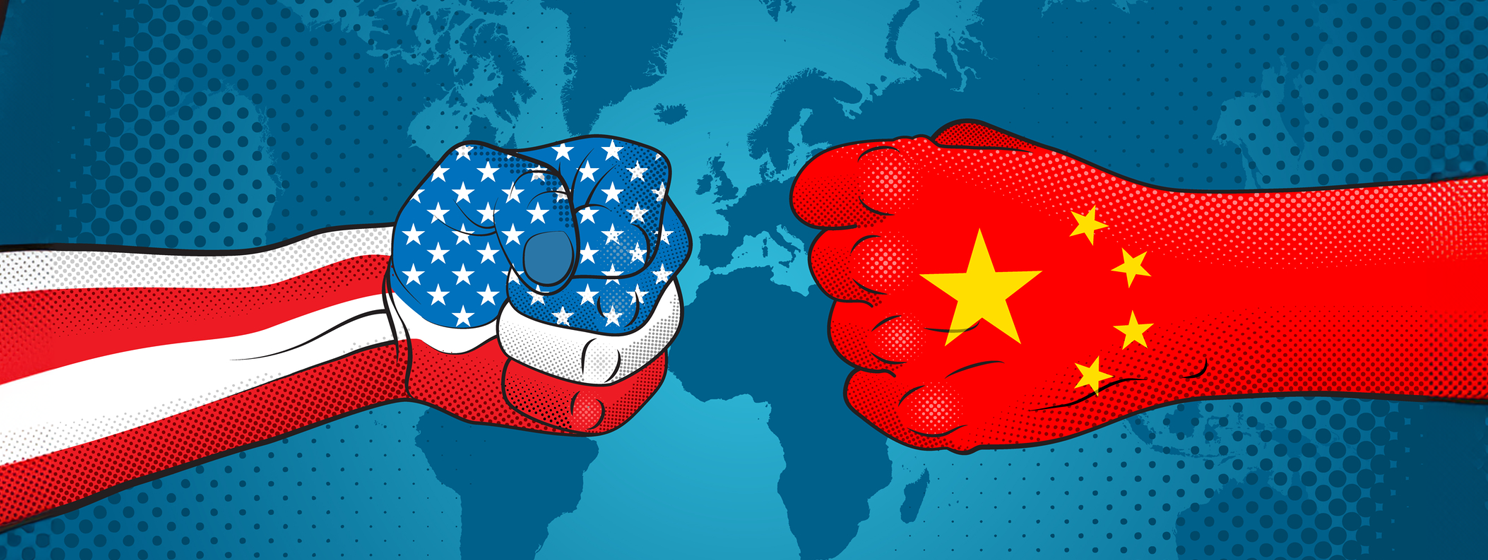|
Getting your Trinity Audio player ready...
|
Meta (NASDAQ: META) is reportedly building an AI-driven search engine that they hope will rival Google (NASDAQ: GOOGL) and Bing. Similar to Google’s AI Overview, Meta’s search engine would deliver AI-generated summaries of current events through the Meta AI chatbot. The company’s team has allegedly been working on this project for over eight months, with the goal of reducing Meta’s reliance on Google, which it currently uses as its primary search reference for Meta AI.
While AI is widely touted as a game-changer for everything from workplace productivity to societal efficiency, in reality, most consumers primarily use AI chatbots as glorified search engines. This effectively turns these AI chatbots into alternative search engines, saving users time from piecing together answers from multiple sources as they need to do in conventional search engines. When these chatbots became popular, traditional search engines actually started losing market share to these up-and-coming AI chatbots that were answering search queries more efficiently for their users. Leading search providers like Google quickly noticed this shift and infused AI into their search processes, allowing users to receive AI-generated summaries without leaving the traditional search interface—and apparently, it’s paying off.
In its recent Q3 earnings call, Google reported a 35% year-over-year revenue increase to $11.4 billion, attributing its AI infrastructure and generative AI features as driving forces for revenue growth. Even though these AI tools don’t directly generate revenue, their presence enhances the user experience and attracts more users, ultimately driving revenue through channels like ad placements. Meta, whose revenue model heavily relies on advertising, could likely achieve similar results by building its own AI-powered search platform.
OpenAI eyes in-house chip production
Amid a global shortage of high-performance chips, OpenAI is reportedly working to design and produce its own specialized chips for AI processing, reducing its reliance on third-party suppliers like NVIDIA (NASDAQ: NVDA) and AMD (NASDAQ: AMD). OpenAI is working with semiconductor designer, developer, manufacturer, and supplier Broadcom to design these custom chips that will be used primarily for inference rather than training. Inference is the process in which an AI model, having already been trained on vast amounts of data, analyzes new data and makes predictions, which ultimately manifest themselves as outputs.
One reason OpenAI may be pursuing in-house chip production is to mitigate operating costs and navigate ongoing supply chain challenges. The chip shortage has hit AI companies particularly hard, with high demand for GPUs and other specialized hardware driving up prices and making it difficult for companies to secure the hardware they need. By designing and manufacturing chips internally, OpenAI would gain greater control over its supply chain, similar to how Apple (NASDAQ: AAPL) did when it began designing its own processors for iPhones and Macs.
Bringing chip production in-house could also lead to significant long-term cost savings for OpenAI. As the company moves toward vertical integration, it could decrease dependency on external suppliers, who have raised prices due to the high demand and limited supply of AI hardware.
Elon Musk’s xAI pursues new fundraising round
On the heels of OpenAI’s $6.6 billion funding round at a $157 billion valuation, Elon Musk’s AI company, xAI, has announced that it is in discussions for another funding round that would push xAI’s valuation over $40 billion. This follows a recent $6 billion raise that valued the company at $24 billion just months earlier, underscoring the fact that AI remains a hot sector for investment in what is otherwise a venture capital drought.
These major fundraising rounds highlight the unusually large capital needs in artificial intelligence, particularly for companies developing and scaling advanced models. AI development requires substantial investments in computing infrastructure, with some companies spending multiple billions on data centers and GPUs to support training and inference for their AI models. Even top AI companies like OpenAI have acknowledged that profitability remains elusive, with OpenAI not expecting to turn a profit until at least 2029.
This high-cost environment reflects the unique economics of AI. Companies need high-performance computing environments, vast datasets, and specialized hardware to train and run large language models and other advanced AI systems. However, these items are very expensive. For companies like xAI and OpenAI to remain competitive and continue innovating, they have ever-increasing capital needs to sustain growth and scale their businesses, which is why most AI companies raise money at every chance they can.
US tightens AI restrictions on China
This week, the U.S. Department of the Treasury issued a final rule restricting American investments in China, Hong Kong, and Macau, specifically within areas like AI, semiconductors, microelectronics, and quantum information technologies. The rule prohibits U.S. companies and investors from engaging in certain transactions with entities based in these regions.
“This Final Rule takes targeted and concrete measures to ensure that U.S. investment is not exploited to advance the development of key technologies by those who may use them to threaten our national security,” commented Paul Rosen, Assistant Secretary for Investment Security.
“U.S. investments, including the intangible benefits like managerial assistance and access to investment and talent networks that often accompany such capital flows, must not be used to help countries of concern develop their military, intelligence, and cyber capabilities,” he added.
The new rule is one of several measures the U.S. has taken to maintain its competitive edge in AI. Recent government reports emphasize America’s need to retain a technological advantage in the artificial intelligence industry, where the U.S. is often seen as a global leader. However, China, with significant advancements in AI, is frequently viewed as the U.S.’s main competitor. As the AI race between these two countries continues, the Treasury’s decision is part of a broader strategy to curb China’s access to critical resources that the Treasury considers threatening to U.S. national security and the United States’ ability to maintain its lead in AI innovation.
In order for artificial intelligence (AI) to work right within the law and thrive in the face of growing challenges, it needs to integrate an enterprise blockchain system that ensures data input quality and ownership—allowing it to keep data safe while also guaranteeing the immutability of data. Check out CoinGeek’s coverage on this emerging tech to learn more why Enterprise blockchain will be the backbone of AI.
Watch: Demonstrating the potential of blockchain’s fusion with AI

 12-22-2025
12-22-2025 




